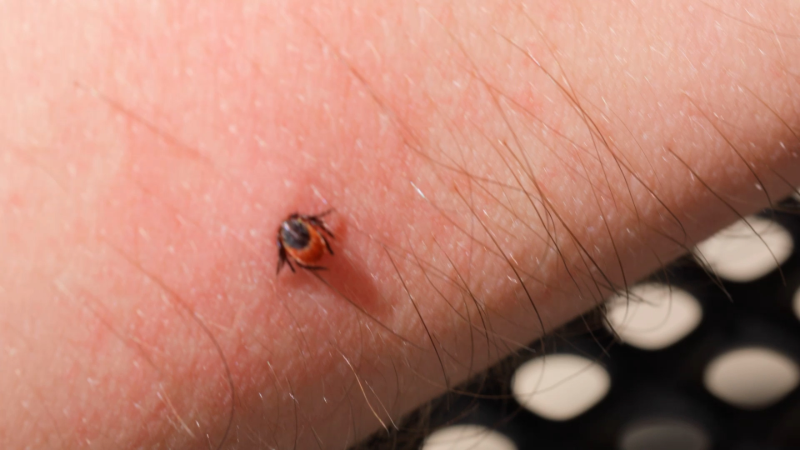Why trees topple in high winds
Serious injuries, fatalities and major property damage can occur when trees come crashing down during high winds.
The most common contributors to trees falling over during high winds are soggy soil and a compromised root system.
Aside from a few broken branches, most healthy trees can weather brief periods of high winds and heavy rain from thunderstorms.
However, in situations where the ground is saturated, tree roots can loose their grip in the soil and an entire tree can fall over.

In some cases, healthy trees may become top heavy during or shortly after long-duration rain events as well as in the spring. In both cases, a surge of fluid (sap) is drawn up into the canopy.
In order for a single tree, a small group of trees or a line of trees to survive a high wind event, a large and healthy root system is needed.
In some cases, tree limbs and roots may grow a certain way to accommodate for prevailing winds. Should a storm hit these trees with winds from a different direction, some trees may also fall.
Poor planting techniques, infrastructure crowding and root damage affect root health and will negatively affect the strength of a tree over time, according to the Sacramento Tree Foundation.
Trees planted at the proper depth in an open area and in a well-drained soil will fair much better in high winds then when planted in an often wet soil or where roots are restricted or cut by roads, sidewalks, driveways and building foundations.

In this file photo of Oct. 30, 2012, a pedestrian touches a fallen tree that crushed a parked car on East 7th Street in Manhattan's Lower East Side neighborhood after Superstorm Sandy passed through New York. The city's chief fiscal officer accused his city of endangering residents by mismanaging the program to maintain the 650,000 trees lining streets. Comptroller Scott Stringer said that contractors hired to care for the urban greenery pruned trees that didn’t need it and neglected those that required attention. (AP Photo/ John Minchillo)
Soil type, disease, insect infestation, lack of maintenance and over-watering are also likely to increase the risk of a tree falling during a storm.
Tree limbs: Proper pruning is essential in avoiding damage
Trees that have been trimmed for utility lines or for infringing on dwellings may become unbalanced.
The limbs of older trees require periodic professional maintenance. It is essential to keep the canopy balanced with strong, healthy branches and trunk.
The leading causes of large tree limb failure during strong winds are improper pruning, disease and species of tree.
Many property owners can do more damage to a tree in the long run by trimming the wrong branches. For most large shade trees, a single main trunk, or leader, is best.
The strongest tree limbs are ones which are not crowded and emerge from the main trunk close to a 90-degree angle as opposed to a narrow v-shape.
Dead or diseased branches should be promptly trimmed. If a large dead or diseased limb has to be removed on one side, another branch may need to be removed on the other side.
A licensed arborist will have the skill to help keep the tree healthy in the short term and for years to come.
Some tree varieties just don't hold up
Certain varieties of trees are more storm-damage prone than others due to a weak limb and root structure.
Consider what the tree may look like 10 to 20 years down the road. If a branch breaks or if the whole tree falls, what will it hit?
A poor choice considered by some experts includes the silver maple, according to The Morton Arboretum.
The silver maple's rapid-growing nature and narrow-v limb structure also make it highly susceptible to major damage and failure during windstorms and early- and late-season heavy wet snowfall.

An employee of the public works department tries to remove a tree branch that fell on a house during a storm in Newburgh, N.Y., Wednesday, May 16, 2018. (AP Photo/Seth Wenig)
This towering, inexpensive and untidy tree is also considered to be invasive in some areas. The mature silver maple at 50 to 70 feet high also releases hordes of rain gutter-clogging seed pods, or spinners.
Other trees on the poor-choice list for longevity and storm-weathering capabilities include the Bradford, or Callery, pear and the [weeping] willow.
Property owners should do their homework before buying trees to plant in their landscaping projects.
<hr>
For more safety and preparedness tips, visit AccuWeather.com/Ready.













